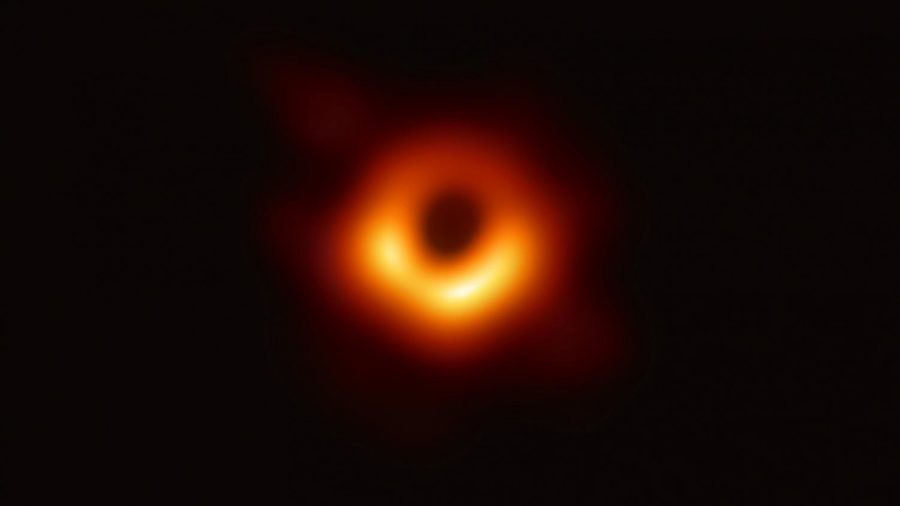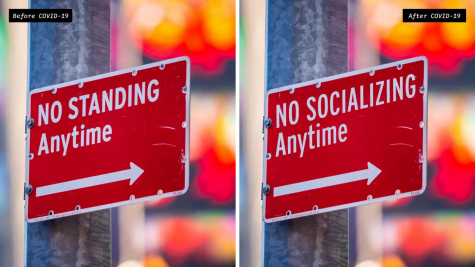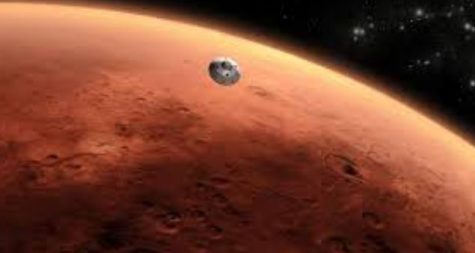The First Image of a Black Hole
April 14, 2019
On April 10, 2019, the first-ever image of a black hole was captured by the Event Horizon Telescope Collaboration – a large scale network of radio telescopes. The black hole has a mass 6.5 million times greater than that of the sun and is located in a galaxy called Messier 87 (M87), which is 55 million light-years from Earth. This development is significant because black holes, with gravitational forces too extreme for light to escape, are extremely difficult to see. The image was able to be captured because M87’s black hole formed a visible ring of gas, called an accretion disk.
Katie Bouman, MIT computer scientist, developed the algorithm which allowed for this image to be captured. She has received widespread support over the internet; New York Representative Alexandria Ocasio-Cortez thanked Bouman for her “enormous contribution to the advancements of science and mankind,” tweeting, “Here’s to #WomenInSTEM!” Bouman told CNN that such an accomplishment can be accredited to “lots of different people from many different backgrounds.” In a scientific context, the image upholds Einstein’s general theory of relativity, which relates to black holes’ warping of space-time. While the theory hasn’t been completely verified, physicist Clifford Will of the University of Florida describes the photo as a “tremendous first step.”
Admittedly, the picture is pretty blurry. But it also has significant implications for the future of astrophysics. France Cordova, director of the National Science Foundation, noted, “We’ve been studying black holes so long, sometimes it’s easy to forget that none of us have actually seen one.” That is, until now, as technological innovations and perseverance, like that of Katie Bouman, are helping to uncover the mysteries of our universe.









